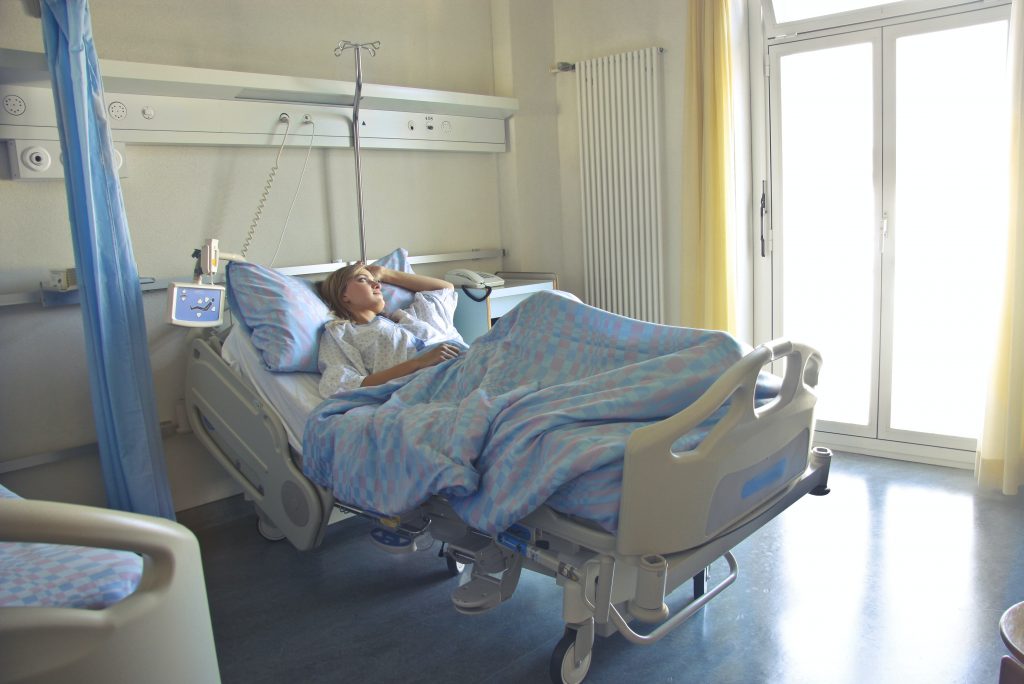Endometriosis Symptoms and Treatment: Approximately ten to fifteen percent of all women of reproductive age suffer from endometriosis, and it affects 70 percent of women who experience pelvic pain.
Endometriosis Symptoms and Treatment
In many cases, a delay in diagnosis leads to unnecessary suffering and a diminished quality of life. Women report that symptoms first appear in their adolescent years. However, early diagnosis is crucial to limiting pain and disease progression, preserving fertility, and preventing future episodes of pelvic pain.

Several factors can impede early diagnosis of endometriosis, including high costs, the cost of adolescent patients, and confounding symptoms, including cyclic pain.
Treatments for endometriosis
While endometriosis can be difficult to detect, treatment options depend on the severity of your disease. There is no known cure for endometriosis, and the medical strategy focuses on easing symptoms and relieving pain.
A few of the available treatment options are hormone treatments, analgesics, surgery, and a combination of both. Depending on the severity of your symptoms, your doctor may prescribe one or more of the following treatments.
Laparoscopic surgery is the most common treatment for endometriosis symptoms. The surgeon makes a small incision and inserts a lighted viewing instrument called a laparoscope.
During this procedure, the surgeon can view the internal organs and remove visible endometriosis implants, scar tissue, or cysts. In some cases, surgery is not enough to relieve pain, however.
Diagnosis of endometriosis
A diagnosis of endometriosis is usually difficult to achieve. While symptoms of the disease are often correlated with its severity, these symptoms are not absolute. People with mild cases can experience severe symptoms, while others may not experience any at all. Thankfully, endometriosis symptoms can be detected and treated.
The following information will help you choose the best path for your treatment. In addition to examining the pelvis, your doctor may perform ultrasound imaging to diagnose endometriosis.
Although there is an abundance of research about endometriosis, few studies have examined the time between onset of symptoms and diagnosis. In many cases, a woman may experience symptoms for 7 to 10 years before a diagnosis is made.
This delay may be attributed to a variety of reasons, including lack of awareness about endometriosis symptoms, inexperienced medical staff, and the normalisation of pain. Nevertheless, the sooner symptoms are diagnosed, the better. Earlier diagnosis can prevent severe problems, improve quality of life, and even prevent infertility.
Treatment options
Various treatment options exist for women with endometriosis. Some women opt for oral contraceptives as the first option. Birth control pills are used to make periods more regular, lighter, and shorter. Some can even prevent periods altogether. Most pills are combination oral contraceptives, containing more than one hormone.
Women who tolerate the effects of estrogen well may be prescribed progesterone-only pills. It is important to take the pill continuously, without missing a week every month. It is advisable to take the pill for three to four months. It is also important to take a week-long break for a light period.
If the condition persists, patients should see their doctor for diagnosis. Obtaining an accurate diagnosis is a challenging process that can take from four to eleven years. Doctors will ask about the patient’s symptoms and medical history.
They may also perform a general health examination to help pinpoint specific symptoms. Once the condition is diagnosed, treatment will depend on the severity of symptoms. Depending on the severity of symptoms, a doctor may prescribe medications for endometriosis.
Side effects of medications for endometriosis
While there are no proven side effects of all medications used to treat endometriosis, a few of the most common ones do have some negative side effects. In the case of clomid, for example, the common side effects are hot flashes, vaginal dryness, and bone and joint aches.
Some women also report experiencing low libido and short-term memory loss. However, young women who have bone density and normal estrogen levels may be able to stay on the medication for a longer period of time before experiencing any pain relief.
The treatment for endometriosis will depend on the severity of symptoms and the woman’s desire to become pregnant. Some women find that painkillers and hormones relieve their symptoms and others prefer surgery.
Hormonal birth control may also be used, but it is not recommended for women who are planning to become pregnant.
In severe cases, surgery may be considered. These options may be costly and may not be right for the woman who wants to become pregnant.





Phenix Health delivers online health services 24/7 provided by Australian doctors and healthcare professionals.